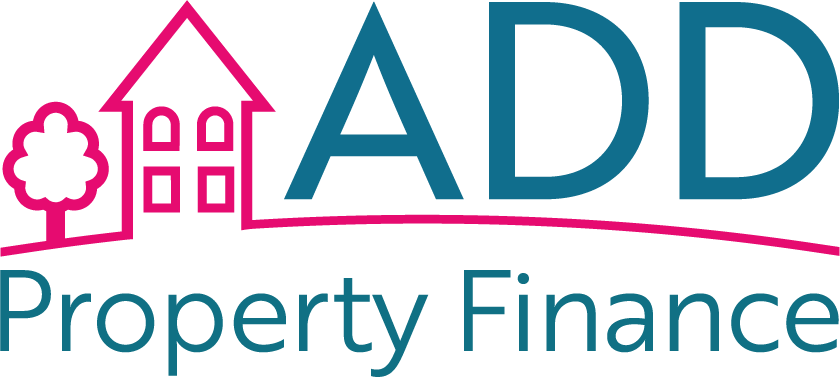Embarking on a property venture often involves securing the right financing, and the choice between refurbishment finance and traditional mortgages is a critical decision. In this article, we’ll unravel the distinctions between the two, providing insights to help readers make informed decisions about which option best suits their property aspirations.
The Essence of Refurbishment Finance and Traditional Mortgages
- Refurbishment Finance:
- Tailored for property refurbishment projects.
- Focuses on the property’s post-renovation value.
- Allows access to funds for both property acquisition and renovation costs.
- Shorter loan terms, typically designed for the duration of the renovation project.
- Traditional Mortgages:
- Geared towards property acquisition.
- Considers the current market value of the property.
- Primarily covers the cost of property purchase.
- Longer loan terms, often spanning 25 to 30 years.
Scope of Use and Project Flexibility
- Refurbishment Finance:
- Ideal for properties in need of renovation or substantial upgrades.
- Suited for projects ranging from minor renovations to complete overhauls.
- Enables flexibility in project scope and financing tailored to specific refurbishment needs.
- Traditional Mortgages:
- Best suited for purchasing move-in-ready properties.
- Less flexible regarding financing for renovation costs.
- May not cover the full scope of necessary renovations.
Interest Rates and Repayment Terms
- Refurbishment Finance:
- Interest rates can be higher due to the perceived risk associated with renovation projects.
- Shorter repayment terms, often matching the project duration.
- Traditional Mortgages:
- Generally lower interest rates as the risk is based on the property’s current condition.
- Longer repayment terms, spreading payments over decades.
Loan Approval and Application Process
- Refurbishment Finance:
- Requires a detailed project plan, including renovation costs and timelines.
- Lenders assess the feasibility of the refurbishment project.
- Project monitoring may be required to release funds in stages.
- Traditional Mortgages:
- Focus on the property’s current market value.
- Application process primarily involves assessing the borrower’s financial standing.
- Typically a straightforward process, especially for move-in-ready properties.
Risk Considerations
- Refurbishment Finance:
- Involves a higher perceived risk due to uncertainties in the renovation process.
- Requires thorough planning to mitigate potential risks.
- Traditional Mortgages:
- Lower perceived risk as the property’s value is assessed in its current state.
- Risks are more associated with market fluctuations and borrower financial stability.
Conclusion: Making Informed Decisions for Your Property Ventures
Understanding the differences between refurbishment finance and traditional mortgages is pivotal for property enthusiasts. While refurbishment finance provides tailored solutions for renovation projects, traditional mortgages offer stability for move-in-ready properties. By weighing the pros and cons, readers can make informed decisions aligned with their specific property aspirations. Whether embarking on a comprehensive renovation project or seeking a property ready for immediate occupancy, the choice between refurbishment finance and traditional mortgages can shape the trajectory of a successful property venture.







